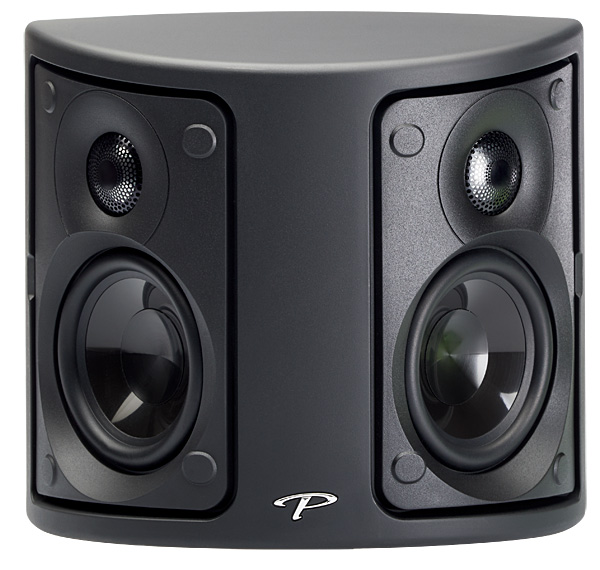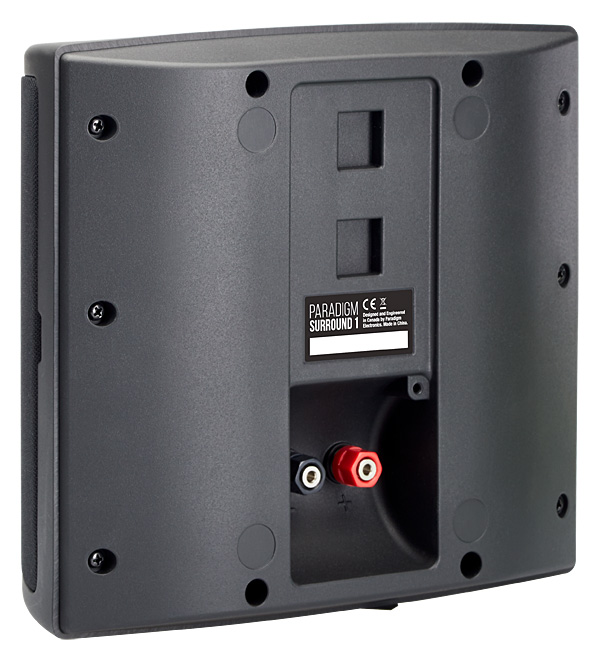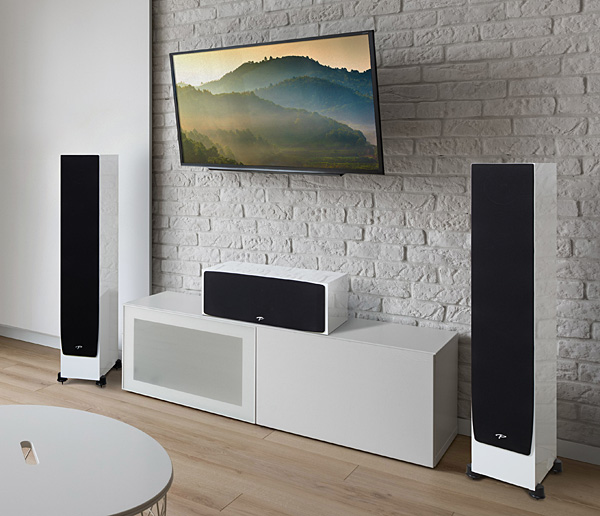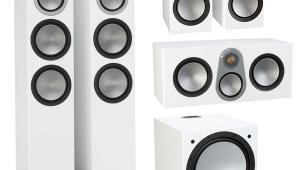Paradigm Monitor SE 3000F Speaker System Review Page 2

Music Performance
Starting out subwoofer-less with just the 3000F towers in my living room, I first played some sweep test tones and deter- mined that the speakers were capable of delivering usable bass down to the 45 Hz range before tapering off. Cueing up Chris Issak's "Wicked Game" from the album Heart Shaped World, on Tidal HiFi, the Paradigms cast a wide, cinematic image, with guitars and drums spread to the left/right limits of the room. The 3000F's impressive midrange detail also gave full expression to Isaak's alternating subdued and achingly crooned vocal performance.

Playing another vocals-heavy track, "Turn the Light," a collaboration between Yeah Yeah Yeahs singer Karen O and musician/producer Danger Mouse, the sub-less 3000F towers continued to impress. KO's voice was conveyed by the Paradigms with a high level of clarity that revealed the dry manner in which it was recorded. The song's funk beat and bassline sounded punchy and dynamic, while the keyboards, string samples, and background vocals in the chorus had a lush, and layered presentation that contrasted nicely with the verses. Compared with the GoldenEar Technology Triton Five towers that I normally use as reference speakers in this room, the 3000Fs lacked some bass extension, along with the sense of top-end dynamic freedom that the Triton Fives ($1,998/ pair) with their folded-ribbon tweeters easily deliver, but overall they held up very well for towers priced at under $700/ pair.
Adding the Defiance V12 subwoofer to the mix (for the music setup, I selected a 60Hz low pass filter and enabled ARC) didn't exactly transform the sound I was hearing from the 3000Fs, but it did create a more solid foundation with certain tracks. On "Wicked Game," for example, the V12 extended the bass guitar's low-end reach, which made the sound more dynamic and engaging. I can't say I heard the same instant improvement on the Karen O/Danger Mouse track, although the increase in bass output did lend the beats more of a visceral impact. Also, I could turn the volume up at will without the worrying about the vocals sounding edgy or strained in the verses.

Movies Performance
The Monitor SE system delivered movie soundtracks with notable clarity, good dynamics, and a strong sense of immersion from the Surround 1 speakers that I used as side surrounds. Watching the Creation chapter from the Criterion Collection's recent restoration of Terence Malick's Tree of Life, the broad operatic swells of music (Lacrimosa, by Polish composer Zbigniew Preisner) filled the front of the room in a dramatic manner. And in the following scene, the rumble of bass as planets formed was powerful, yet controlled, with no flabbiness or boom—a clear contribution of ARC. Next up, the formation of oceans, where the slush of waves from the front to the back of the room showed off the contribution of the Surround 1 speakers to good effect.

When I watched the film Mother!, in a theater during its opening week (Darren Aronofsky's film, which many viewers, and some critics, found incomprehensible, didn't remain in circulation much longer than week one) I was baffled but also impressed by its vivid use of surround sound. The film takes place in a house with a circular layout, and the soundtrack dutifully reinforces the Steadicam camera's 360-degree movement within the space. In the early scenes, voices sounded consistently clear and were panned smoothly across the three front speakers as the poet, his wife, and their surprise guests move from room to room chatting and challenging each other. Later, as the film's domestic scenario devolves into complete chaos, the surround mix amps up the aggression with the addition of shouts, gunfire, and explosions. (Like I said, baffling.) The Monitor SE conveyed the dense, multilayered soundtrack with much the same intensity I recalled from my theatrical experience, with the Surround 1 speakers again serving to create a full, continuous swath of sound in the rear channels.

Conclusion
At just over two grand, Paradigm's Monitor SE system offers strikingly good sound for the money. When reading Thomas J. Norton's recent review of the company's step-up Premier series system, I was interested to see that my subjective take on its performance aligned closely with what he experienced during his evaluation. In both cases, we found the sound to lean more toward brightness than warmth, but nonetheless appreciated the level of detail and excitement that was delivered, especially on movies. That speaks well for the consistency of Paradigm's designs, since what you hear at the entry-level reflects the performance of the company's higher-end speakers.

In the end, my only reservation about this system would be its basic, boxy looks—to me, Paradigm's step-up Premier series, with its curved cabinets and multiple finish options, holds greater visual appeal. Then again, the Premier system we reviewed costs more than twice as much as this Monitor SE 3000F-based rig, which happens to come with surround speakers optimized for a range of environments plus an app-controlled subwoofer featuring the company's highly effective ARC room correction. If your speaker budget tops out in the $2,000 range and you seek maximum bang for the buck, take note: Paradigm's Monitor SE system delivers the home theater sound basics in a brilliant manner.
- Log in or register to post comments






























































